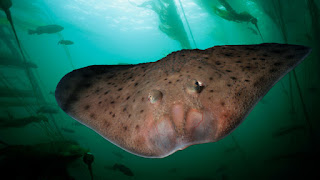
The Olympics are designed to test elite athleticism, at least in the human realm. But what about the animal world? How would Arctic foxes fare in the Winter Olympics, or snowy owls for that matter?These Arctic animals, and others, are fast flyers and runners, and they hunt prey with deadly accuracy.Granted, these animals might not follow...





















